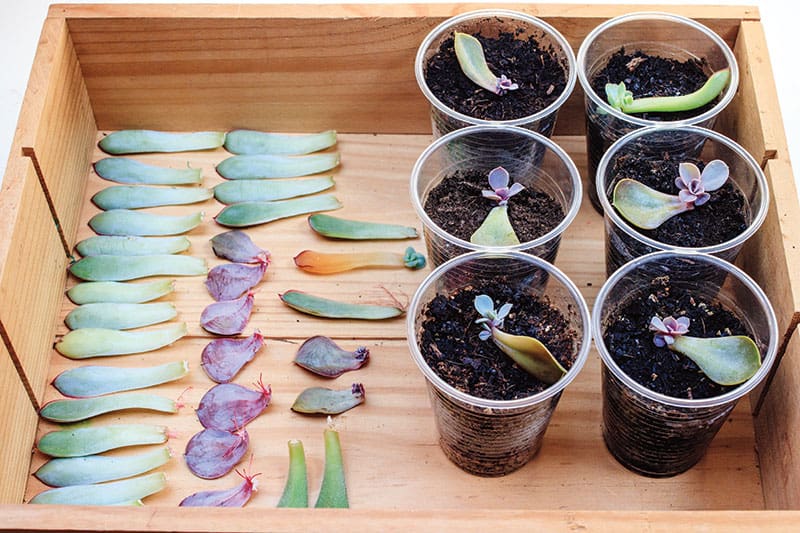Houseplants bring a touch of nature indoors, adding vibrancy and life to any living space. One of the most rewarding aspects of plant ownership is propagating new plants from existing ones. Propagation is not only a cost-effective way to expand your collection, but it also allows you to share the beauty of your plants with friends and family. Whether you’re a seasoned plant enthusiast or just starting your green journey, learning how to propagate houseplants can be a fascinating and fulfilling endeavor.
Understanding Plant Propagation
Propagation is the process of creating new plants from existing ones. It involves taking a part of the parent plant, such as a leaf, stem, or cutting, and encouraging it to develop roots and eventually grow into a new, independent plant. Houseplants can be propagated through various methods, including stem cuttings, leaf cuttings, division, offsets, and even air layering.
Selecting the Right Parent Plant
Before you begin the propagation process, it’s essential to choose a healthy and mature parent plant. Look for plants with vibrant foliage, sturdy stems, and no signs of disease or pests. Healthy parent plants increase the chances of successful propagation and produce strong, thriving offspring.
Nurturing the New Plants
After planting the cuttings or divisions, it’s crucial to provide the right care for their successful growth. Place the pots in a warm and bright location, but avoid direct sunlight, which can scorch delicate new growth. Keep the soil consistently moist but not soggy. Mist the cuttings or use the plastic bag/dome to maintain high humidity, which aids in root development.
Patience and Persistence
Propagation is an art that requires patience. Not all cuttings will succeed, and it’s important not to get discouraged by failures. Some plants may take several weeks or even months to establish roots and start growing. Keep a watchful eye on the new plants, and as they grow stronger, gradually acclimate them to normal indoor conditions.

Materials You’ll Need
Gathering the necessary materials before you start propagation can make the process smoother. Some common materials include:
1. Sharp Scissors or Pruning Shears
These tools are essential for taking clean and precise cuttings.
2. Rooting Hormone (Optional)
A rooting hormone can encourage faster root development in cuttings.
3. Pots or Containers
Small pots or containers filled with a well-draining potting mix or water will be needed for planting the cuttings.
4. Water Mister
A water mister helps maintain humidity levels for the cuttings, promoting successful root growth.
5. Transparent Plastic Bags or Domes
These create a mini-greenhouse environment that keeps humidity high around the cuttings.
























